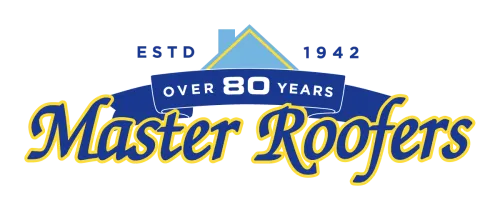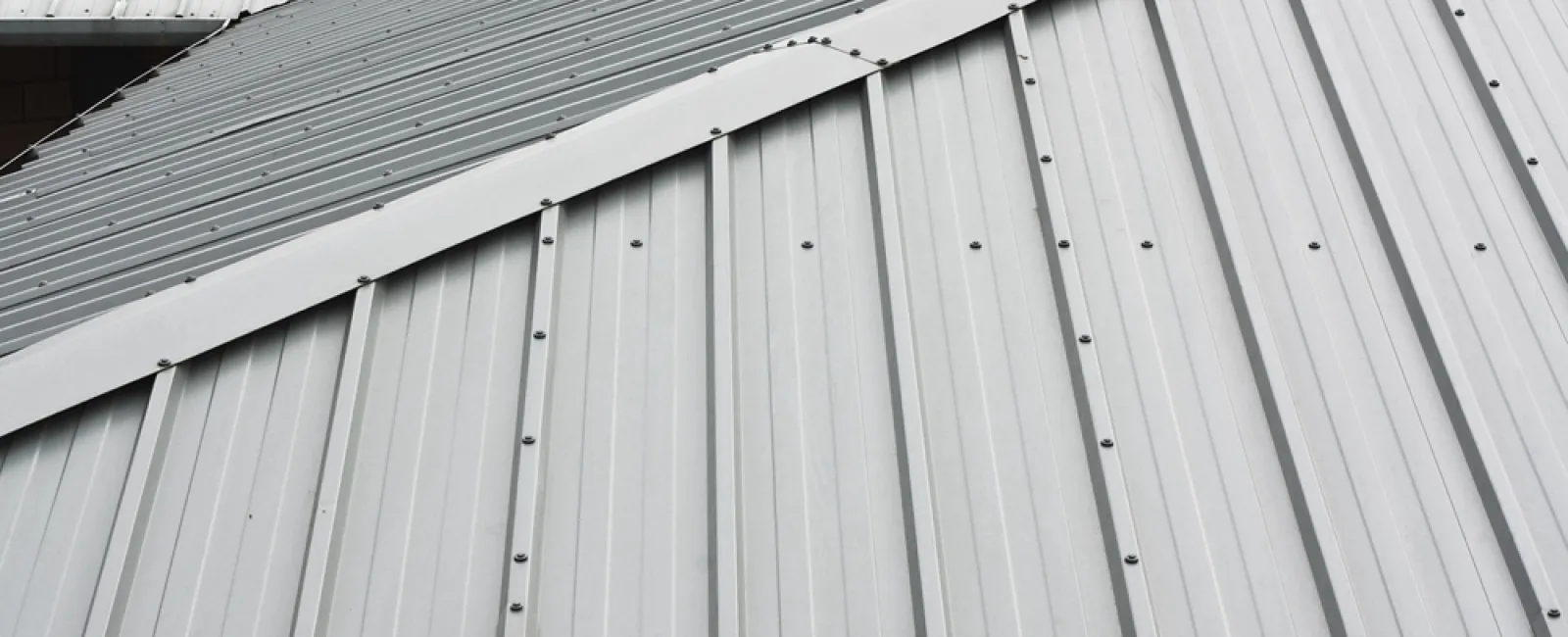In this episode, John Maher talks with Brett Rogenski,
General Manager of Master Roofers, about the unique roofing challenges faced by
condos and homeowners associations. Rogenski explains the importance of clear
communication between residents, boards, and roofing contractors, especially
when dealing with shared structures and approvals. He outlines the most common
issues—including aging roofs, skylight replacements, and material choices—and
recommends durable systems like GAF shingles and TPO for flat roofs. Brett also
emphasizes the value of regular roof inspections, small repairs, and proactive
budgeting to extend roof life and avoid costly surprises. The episode
highlights how Master Roofers collaborates with HOAs and property managers to
deliver tailored, long-lasting roofing solutions.
John Maher: Hi, I am John Maher and I'm here today with Brett
Rogenski, General Manager of Master Roofers, the most trusted roofing company
in New Hampshire for over 80 years. Today our topic is commercial roofing
services for condos and homeowners associations. Welcome, Brett.
Brett Rogenski: Thanks for having me today, John. I appreciate it.
Common Roofing Challenges
with Condos and HOAs
Maher: Sure. Brett, what are some of the most common roofing challenges
that are faced by condos and homeowners associations, and how do you address
those?
Rogenski: Sure. Well, one challenge that I'd like to bring up
early about working with condo associations and HOAs is there's a lot of clear
rules. And if you're a condo owner or part of an HOA, a lot of times there are
some pretty clear rules on what you can do as the property owner and what you
need either permission to do, or what is the responsibility of the condo
association.
So, for instance, all condos and that sort of thing
require roofs, right? And more often than not, they're a shingle roof. That's
usually the responsibility of the condo association or the HOA to maintain
that.
Now, the problem with that is if you have a leak in your
space, John, there may be four other families under that same roof. And it's
not just your call that we go re-roof this, the condo association, that's
actually typically part of the association fees you do. So now, it goes to the
board and they have to approve it and that sort of thing.
So, I guess I would tell you one of the challenges for
condo owners and condo associations and homeowners is communication and getting
that consensus and what am I allowed to do? What is my responsibility? Versus,
what is the responsibility of the HOA or condo association? And we work with
folks on that all the time. We know what's pretty typical and we'd like to help
give guidance where we can.
But typical problems that we run into are around
re-roofing. A roof is finally run its lifespan or is having leaks, or maybe, I
hope not, but maybe it wasn't properly done originally. And also, we do a lot
where it's skylights, either the addition of skylights or more frequently
skylights having lived out their lifetime and needing replacement. So, those
are probably the two most common things that we're dealing with in condos and
with HOAs.
Roofing Materials for
Multifamily Dwellings
Maher: What roofing materials or systems do you typically recommend for
multifamily dwellings and why?
Rogenski: Sure. Most of the multifamily dwellings that we see in
our area are shingled roofs. And we're big fans of the GAF product line, their
Timberline HDZ and their Timberline UHDZ. The big reasons being, number one,
it's a great product. Number two, the GAF system is a really great system as
far as giving your roof protection and longevity.
So, it's a great investment as well as the fact that
because we're a master elite certified installer with GAF, we can back that
with a warranty depending on what the consumers choose of up to even 50 years.
So if you think about it, if you're a condo association or a homeowner's
association, if you choose to work with us and you choose a certain system,
that roof can now be warranted by GAF and Master Roofers for up to 50 years. So
pretty much, that roof's not your problem for half a century.
So, which materials do we see most typically? We're
typically seeing shingle. There are definitely, and especially in some
converted buildings, flat roofs there. A lot of flat roofs that we find,
especially with older technology, are EPDM "rubber roofs". And flat
roofing takes a beating in New England. Okay? So, those rubber roofs have a
definite lifespan.
And in New England, because we have all four seasons,
roofs and building materials expand and contract. It's hot, it's cold, it's 60
out one day, it's negative 10 a different day. And eventually they all break
down and fail, no matter how great a job you did installing them. But it's
usually, hopefully decades down the line.
So, the two things that we see typically and that we
recommend typically, depending on the situation, are re-roofing with EPDM
rubber on flat roofs, if you already have EPDM rubber. Or potentially looking
at TPO, Thermoplastic Olefin, which is a newer technology than EPDM. A little
more cost-effective and comes with a lot of advantages as well in our minds. So
again, it really depends. Each roof is a little different, how it's built, is
it a historic building, is it not? And how we can approach it from there.
Logistical Aspects of Roofing
a Multi-Unit Dwelling
Maher: And how do you handle the logistics of working on a roof in a
multi-unit environment in order to minimize the disruption for different
families or residents of the building?
Rogenski: Sure. A lot of that is us working, and that's why we
mentioned earlier that we have a lot of existing relationships with HOAs and
condo associations. And we know how to work with them. A lot of that's about communication,
and they may have their own guidelines as well. So, for instance, on a
replacement of a roof on a multi-family condo, they may require 30 days' notice
or whatever, for all members of that unit before we can do it. So, it's high
communication.
We also respect the fact that there's multiple people's
families here. These folks here might be retired, the next folks are getting up
and going to work the next day, the folks after that have a baby at home. And
you know what, two of the three people don't want us there banging on the roof
at seven A.M. So, it's about communication, working around working hours, and
also if there are any special needs.
We also respect that there are in typically multiple
entries and exits to these homes, protecting those so that people can come and
go appropriately throughout the day with us minimizing any impact on that. So,
a lot of it's about communication, giving proper notice, setting proper
expectations, and us of course, being respectful of this isn't just one
person's house even, it's 2, 3, 4, 5, 10 people's homes.
Preventative Maintenance for
Roofing on Condos and HOAs
Maher: And what kind of preventive maintenance strategies do you
recommend for condos and HOAs in terms of implementing in order to extend the
roof's lifespan?
Rogenski: Sure. First thing that we recommend is regularly
scheduled roof inspections. So, for a small fixed fee, we'll come and do an
annual or even biannual, whatever they choose, roof inspection where we
physically get up and inspect that roof and provide them a written roofing
report. It involves not only words, but we're also including pictures of what
we found. So, looking for any deficiencies and being able to point those out to
the HOA or condo association, and recommend any necessary repairs or solutions
to whatever the challenges are. So, that's the best way.
And again, it's a lot like maintaining your car. It's
finding the little things and not letting them grow into big things. So, if we
find little soft spots in the roof, we find displaced shingles, not letting
that turn into a leak. Which then turns into rotten plywood, which then turns
into having to replace an entire section of a roof if we just keep kicking the
can down the line. So, roof inspections are great.
And also executing on those little repairs. When someone
starts having a leak around a chimney, number one, notifying their condo
association or HOA about an ASAP. And then B, the condo association or HOA
allowing us to come make that repair as fast as we possibly can. Either through
our service team or if it's a larger project through our installation team.
Working with Property
Managers and Condo Associations for Roofing
Maher: And then finally, how do you work with property managers and
boards and condo associations to plan and budget and communicate roofing
projects effectively? Do you have to show up at homeowners association meeting
and give them a proposal for what you're looking to do, that sort of thing?
Rogenski: Sure. So, that's a great question. So, usually what the
HOAs, condo associations, et cetera do initially is they have us come perform
whatever the appropriate assessment is, develop a proposal. And they usually
have a point person, maybe a maintenance director that we're working with, a
board member.
A lot of times it's a couple team members there. So, maybe
a maintenance director and a board member become our point people. And they
say, "Okay, here's..." We come back to them and tell them what we
found. They come back and tell us what they would like for a proposal in terms
of scope of work based on our findings. And then we present them with written
options that they can present and start building either into a budget or
present to the board.
I had mentioned earlier that we recommend regular roof
inspections. When we do that, you can start to really get a much better idea of
how the roof is aging. And you can start... You mentioned an important thing,
budgeting, because again, with an HOA or a condo association, they're
accumulating money to plan for projects and improvements.
So, if you make a small investment in regular roof
assessments that are written roof assessments, involve pictures, all that, take
care of your maintenance, you can start seeing, Hey, you know what? We're about
10 years away from this roof approaching end of life. They can then start
accruing money to be ready for that re-roof when it comes. Instead of, quite
frankly, 10 years from now, we come in and we're like, "There's no
solutions left except for a re-roof.", and they haven't properly budgeted
for that.
Then they have to start talking about either special
assessments or taking out loans. So, we'd much rather do these little
incremental things where they can see the re-roof coming and budget for it
appropriately and plan appropriately.
Maher: All right. Well, that's really great information, Brett. Thanks
again for speaking with me today.
Rogenski: Thank you for having me.
Maher: And for more information about Master Roofers, you can visit the
website at masterroofers.com or call (603) 623-4973.

